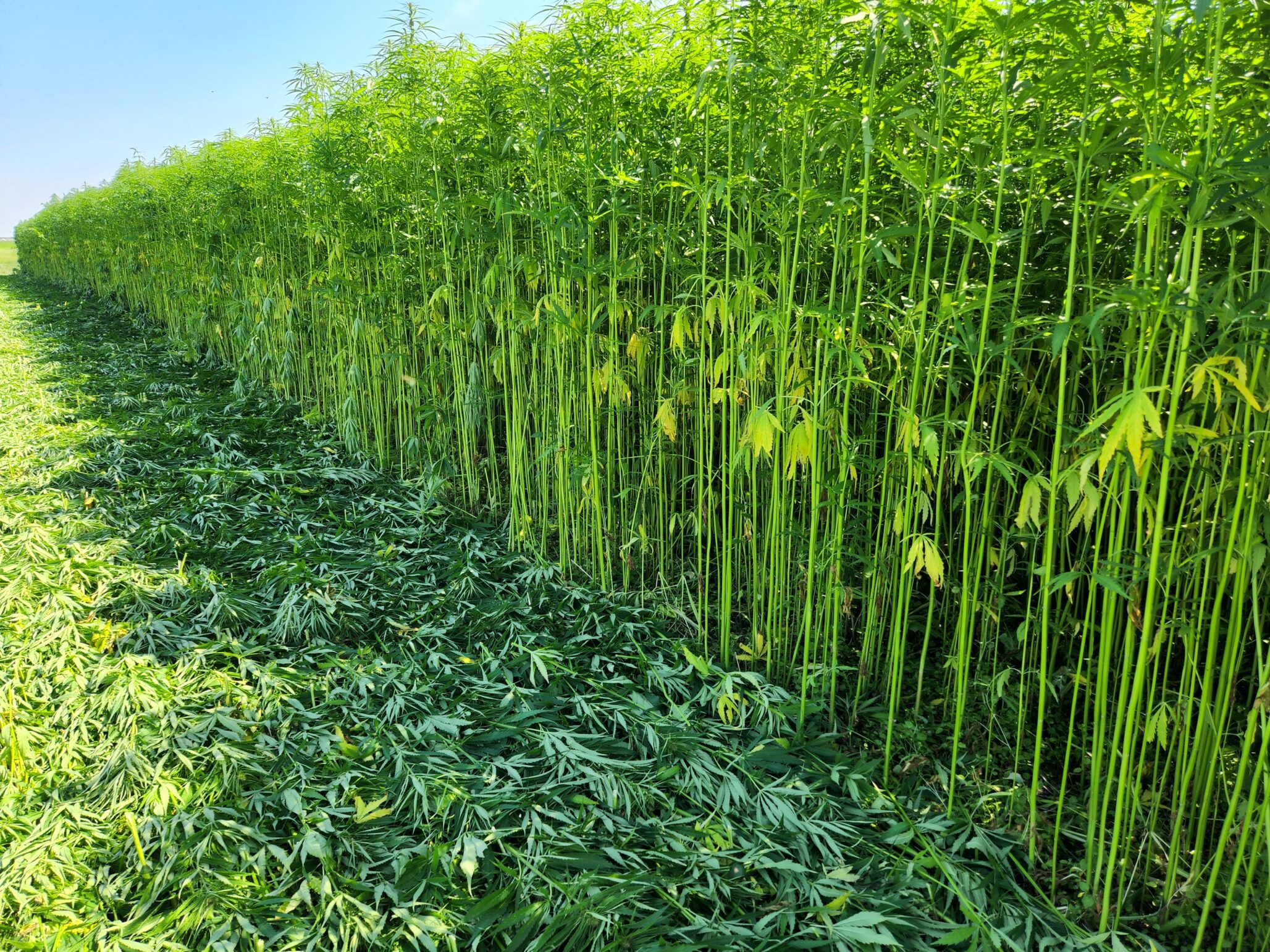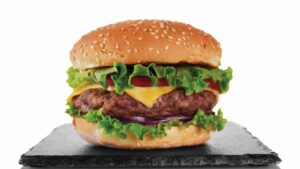Hemp is very nutritious. For example, there are two fatty acids that are essential for human health — linoleic acid (omega-6) and alpha-linolenic acid (omega-3) — and hemp seed oil is packed with them.
“In other words, hemp packs a great nutritional punch,” says Ben Raymond, vice-president of research and development for Victory Hemp Foods based in Kentucky.
“That, of course, means we as researchers have a lot of questions. What can we do to improve nutrition? What can we do to improve flavour? Things that you would do with soybean or canola or any other ag commodity, we can do with hemp to make it bigger, faster, cheaper and more nutritious.”
But it’s the plant’s protein potential that is one of the latest hemp frontiers researchers are looking to conquer. Rale Gjuric and his team at Farmer’s Business Network in Manitoba are working to increase the protein content and change the starch composition in hemp.
The idea is to develop a product for use in high moisture meat analogue (HMMA), used in plant-based meat products like the Impossible Burger and Beyond Meat Burger.
“Hemp already has great nutrition value in these plant-based foods, but it also has the ability to be the texturizing agent in the final product. Lack of texture is generally a problem with plant-based meat analogues,” Gjuric notes.

His team is working with Winnipeg’s Fresh Hemp Foods to create a protein-rich food formulation based on hemp. But the major breeding challenge, he says, is lack of understanding of underlaying genetics for the traits of interest (protein content and starch composition).
“We need a quick, accurate and preferably non-destructive analytical method. We are experimenting with different segregating populations both indoor and in field to better understand the genetics and working with [Saskatchewan-based] NRGene to understand it at the DNA level and potentially develop DNA markers for the traits,” Gjuric says.
It’s too early to say if breeding for protein content would come with any penalty for yield, he adds.
“We are finding significant genetic variation in the material before selection. It may be an indication of no penalty for yield, but we need solid data.”
The first selections for high protein will be grown for observation this coming season.
Efforts to bolster hemp protein quality are music to Raymond’s ears.
“That would be something that I would desire, because it would provide me with something that I could sell as a higher value ingredient versus a traditional animal protein or even as a higher quality canola or pea protein,” he says.
For more Cannabis Chronicles visit:
Mobile Hemp Decortication is a Thing Now
Demand Drivers Build Up U.S. Hemp Markets, but Canada is a Major Competitor on the Grain Side












